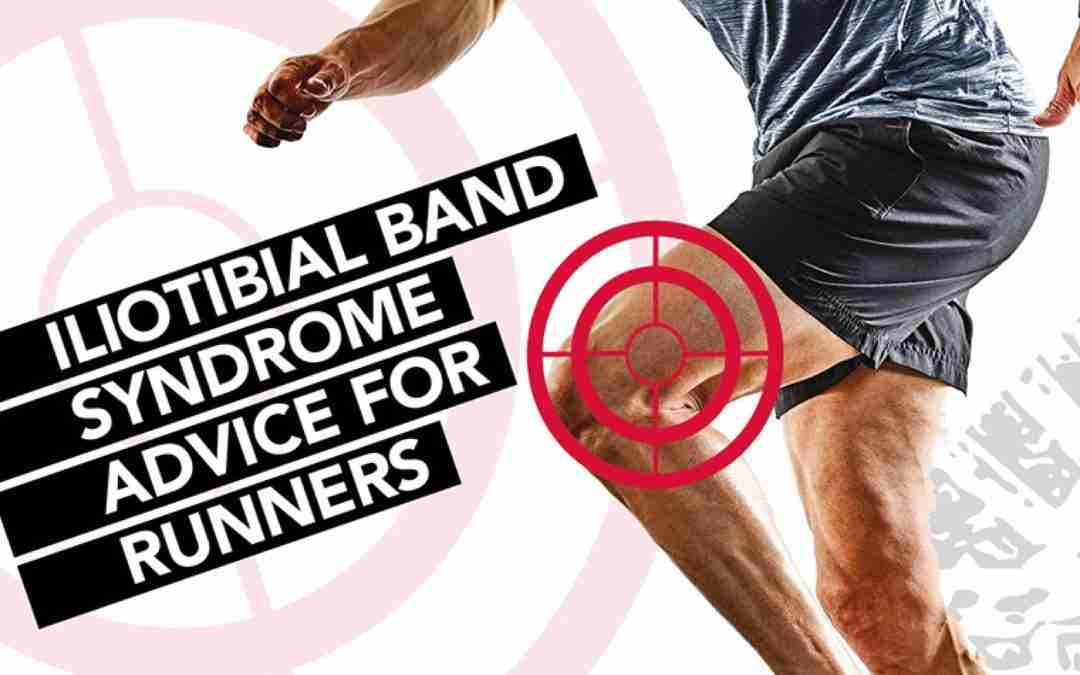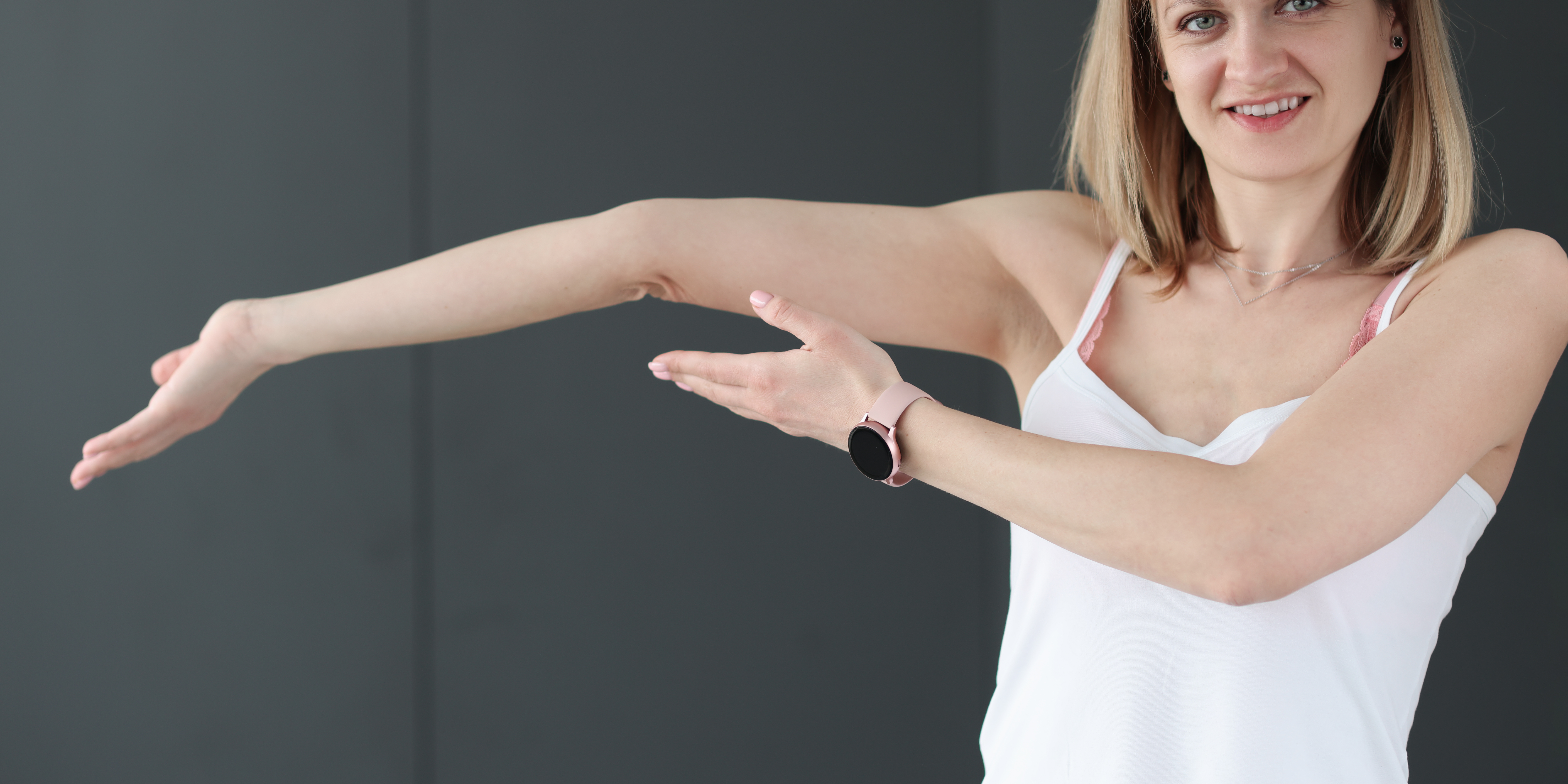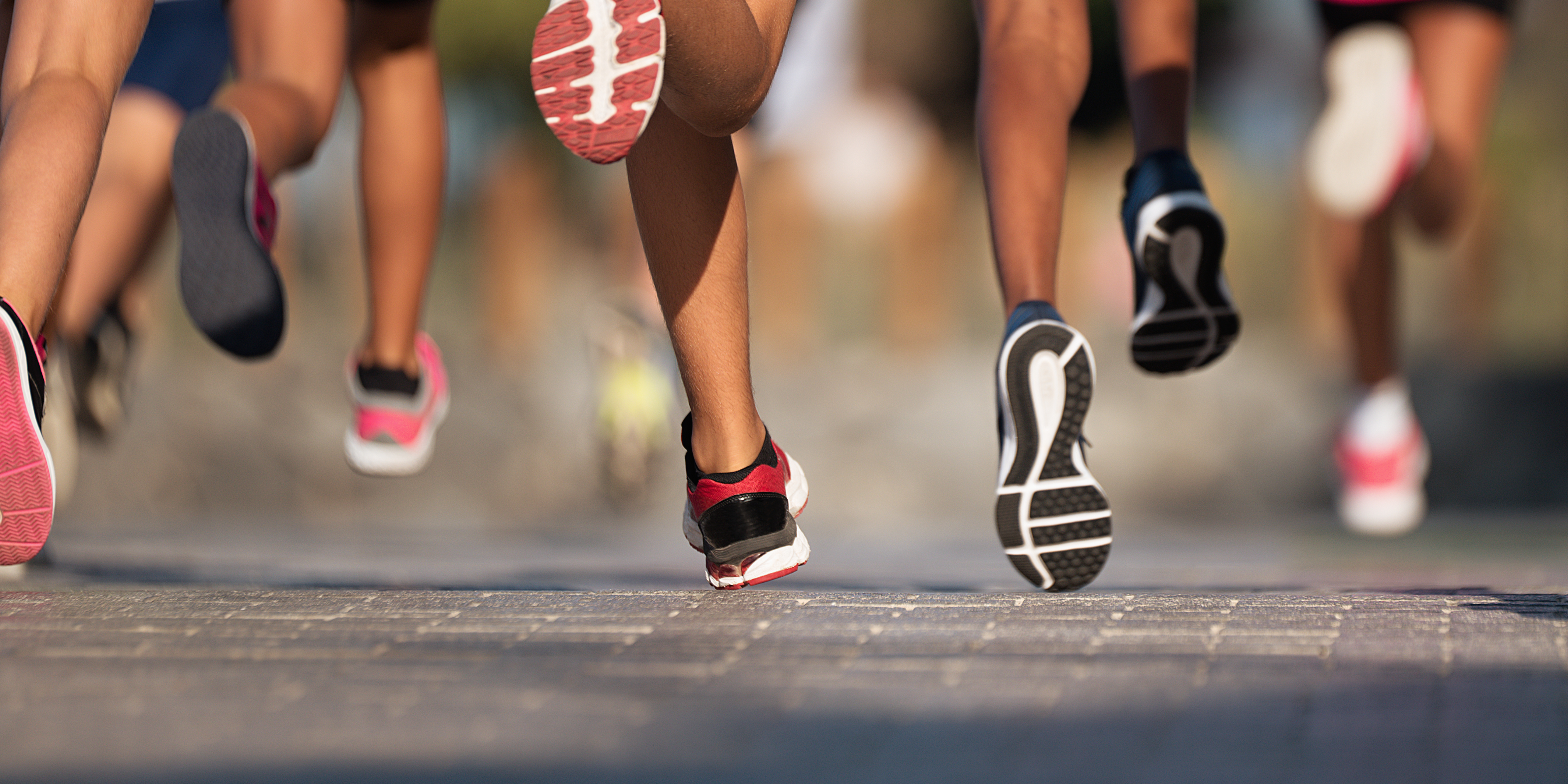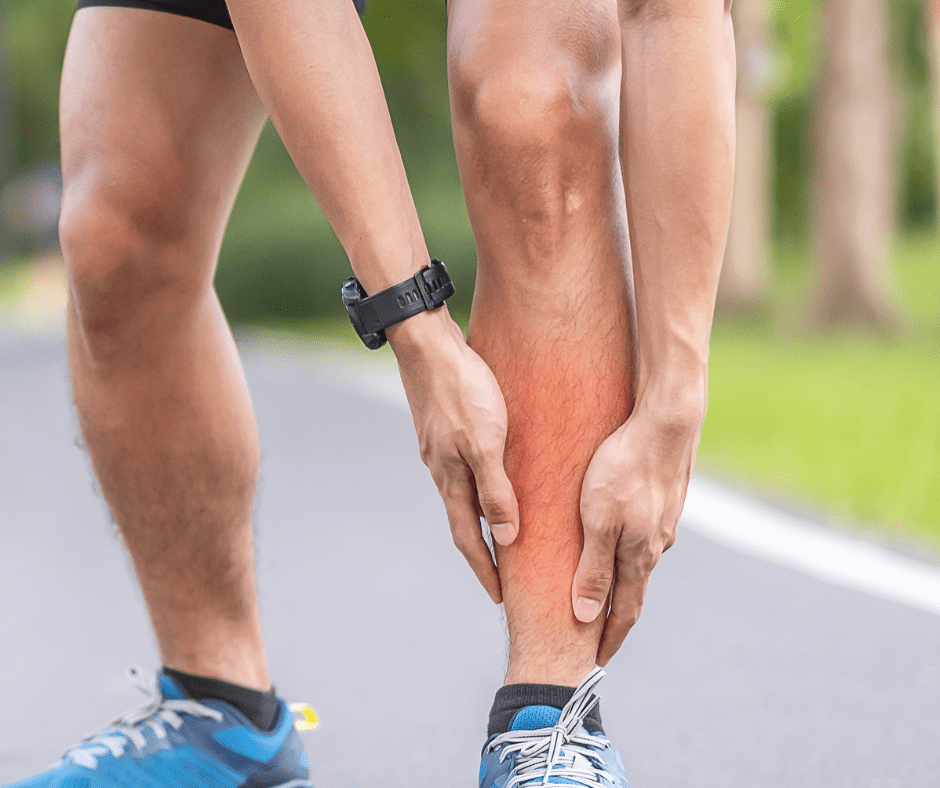What is ITB syndrome?
The next most common running injury that I see is IT band friction syndrome (ITBFS). This is also brought about by poor biomechanics. This time instead of the kneecap rubbing in the groove of the thigh bone, the IT band rubs over the outer part of the thigh. This inflames the fatty tissue between the IT band and the underlying bone creating pain and dysfunction.
Sometimes the pain can be extremely severe and stop you running altogether. The first line of action is to stop running for a couple of weeks to let the irritation settle down. You should be able to cycle to stay fit. Cyclist also get ITBFS, however it tends to come on after extreme distances such as 100 miles! Next, you need to manage the inflammation and take anti-inflammatory medication such as ibuprofen. Or sometimes you may need something stronger such as naproxen, but you will need to see your GP to prescribe this. I also use other anti-inflammatory treatments such as ice and ultrasound as part of my treatment in the first 2 weeks of seeing a patient with ITBFS.
Treatment for ITB syndrome
Something I use quite a lot is acupuncture in the area of pain. The acupuncture almost creates some micro irritation in the area generating a new healing responses by stimulating blood flow and cellular activity in the area of irritation. Dry needling the IT band also de-activates tight points and adhesions in the facia and the underlying quad muscle. There is anecdotal evidence that taping the IT band with K-tape can also cause a short term relief of pain that helps you get back to running.
Instrument assisted soft tissue work – using metal massage tools are also a great treatment technique to create stretch and flexibility in the tight fascia that runs down the outer thigh
Next, the things to work on are tightness in the IT band and weakness in the glute muscles.
Foam rolling for ITB syndrome
I give all my IT band patients foam roller exercises to do to self-massage the outer part of the thigh, and also a series of glute strengthening exercises such as clams, top leg raises and standing wall slides. When you get the inflammation under control and correct the muscle imbalance around the IT band the symptoms can settle down quite quickly and you can carry on with your marathon training plan. It is not unusual to start running again after a couple weeks rest. One of two things will happen – the pain will come on at the same point in the run, but will be much less in intensity, or the pain will be just as bad but will come on much later in to the run. Both of these are good signs that continuing with the anti-inflam meds, physio and home exercise programme can keep you running.
Glute strengthening for ITB syndrome
If after 4-6 weeks of physio and you are still not seeing any change in the symptoms you may need to be referred to a consultant knee surgeon to have a n MRI and then probably a steroid injection. This can immediately settle the irritation down and reduce you pain so that you can continue to correct the imbalances that caused the problem whilst also continuing to run.




